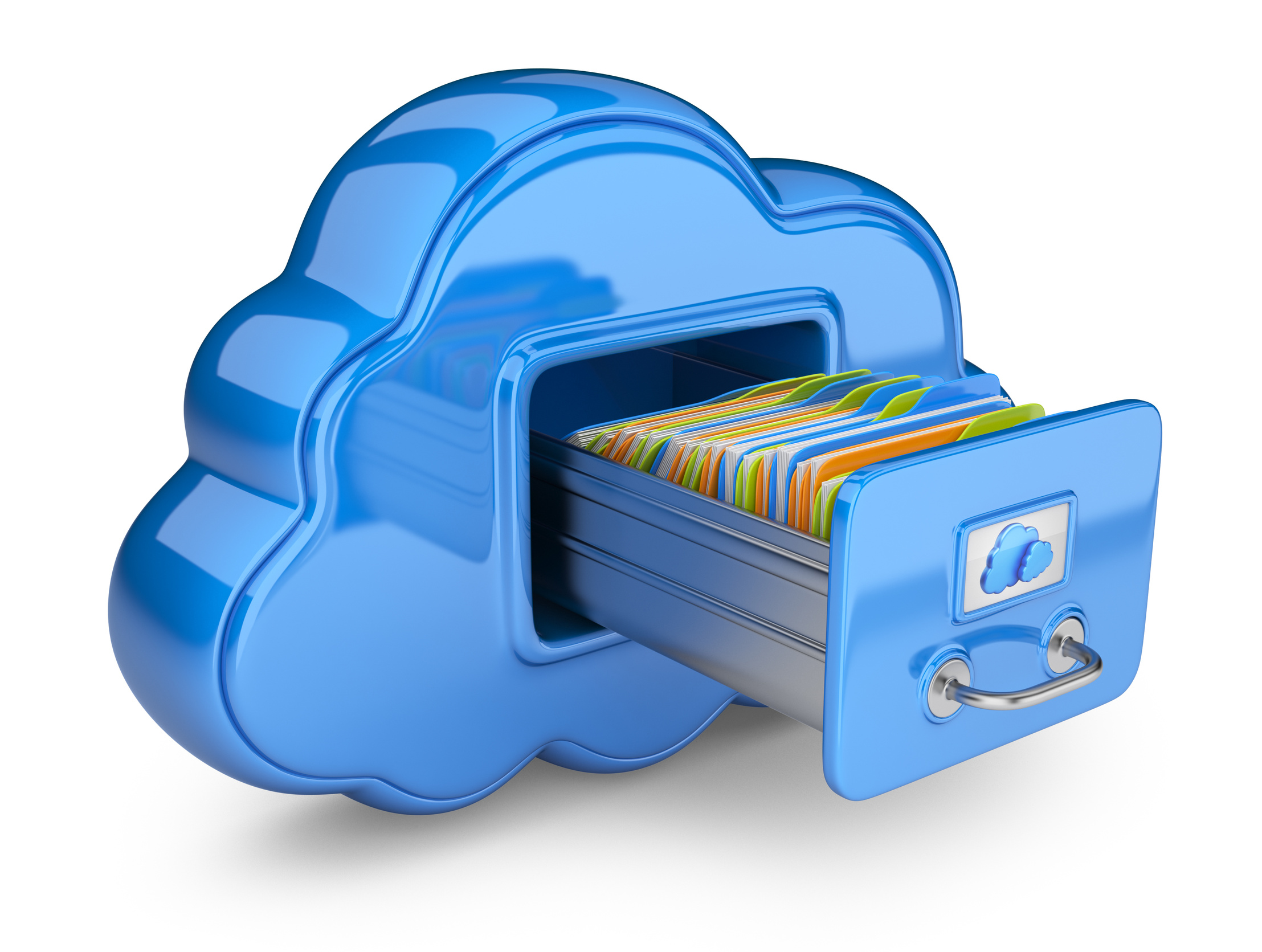Hardware failures, human error, natural disasters, and ransomware are all potential threats to a company’s data. Most businesses will have some form of backup to mitigate these risks, however without a disaster recovery plan, your business may still suffer from extended downtime or data loss.
Disaster Recovery Plan
A disaster recovery plan is a documented process outlining an organisation’s response to a disaster that affects their IT infrastructure. Each organisation is different in the way they operate and the way they store and use data. A disaster recovery plan’s goal is to reduce downtime and ensure business continuity while also minimizing complexity.
Two objectives must be established in a disaster recovery plan: a recovery point objective (RPO) and a recovery time objective (RTO). A RPO sets how far back to recover data from and defines the maximum amount of data lost from the previous backup. A RTO defines the length of time it takes to recover company data and systems until normal operations are back up and running.
As a result a comprehensive backup solution is an integral piece to a businesses continuity, as it will automatically backup data to ensure the RTO and RPO is met.
Do I need a disaster recovery plan?
Lower the Cost of Downtime
Regardless of a business’s size or industry, downtime results in loss of revenue. For some businesses, such as in healthcare, downtime can also result in individual being unable to access the services they desperately need. With a comprehensive disaster recovery plan, businesses will still experience downtime, but it will be significantly shorter, which reduces the amount of lost revenue.
Boost Customer Retention
Although a disaster can be devastating for businesses, it can also cause frustration for customers that are unable to access systems and services. If a business is down for too long, customers may stop using the services all together. A disaster recovery plan can ensure that customers will still get a continue of service when a disaster occurs.
Avoid Ransom Payment
Over the past 5 years, the number of businesses that have fallen victim to ransomware attacks has grown drastically. Previously, ransomware gangs targeted large businesses as they were able to demand larger ransoms. However, recently we have noticed attackers are targeting smaller businesses more frequently, due to weaker IT security. A comprehensive disaster recovery plan should include a secure backup service, so if a business falls victim to a ransomware attack, their backups are not encrypted.
Mitigate Human Error
Disasters are not always fire, floods and ransomware. It can simply result from an employee accidentally deleting a file, at best this means that the employee must create a document again, at worst it can mean having to rebuild a dataset. With a disaster recovery solution, recovering data is simple and straightforward.
Looking to Implement a Disaster Recovery Plan?
Although businesses will do everything to prevent a disaster, there are some things which are outside of our control. If your business does not currently have a disaster recovery plan in place, now is the time to create one. Businesses should always test their DRP to ensure the business can continue to function as expected.
The relatively small amount of planning now, can save your business significant downtime and money from lost data. If you want to find out more on how to create a comprehensive disaster recovery plan, get in touch today.


 Previous
Previous









